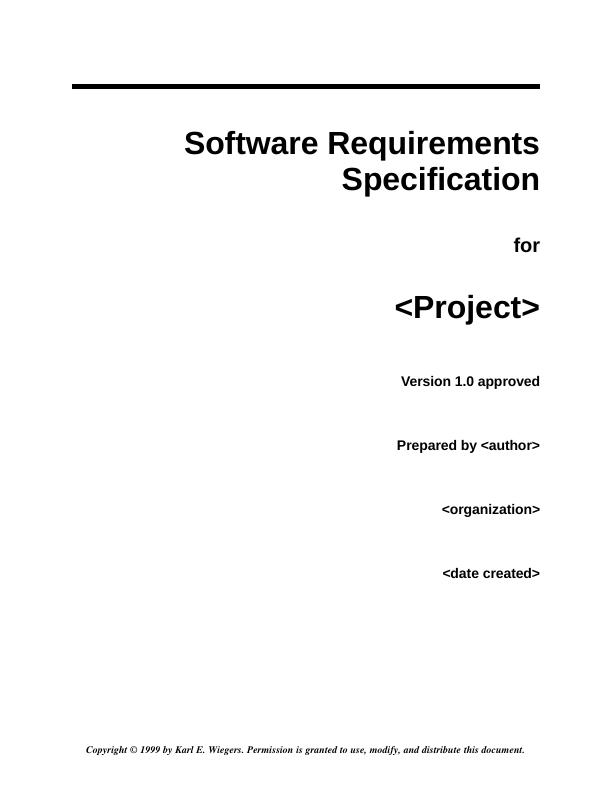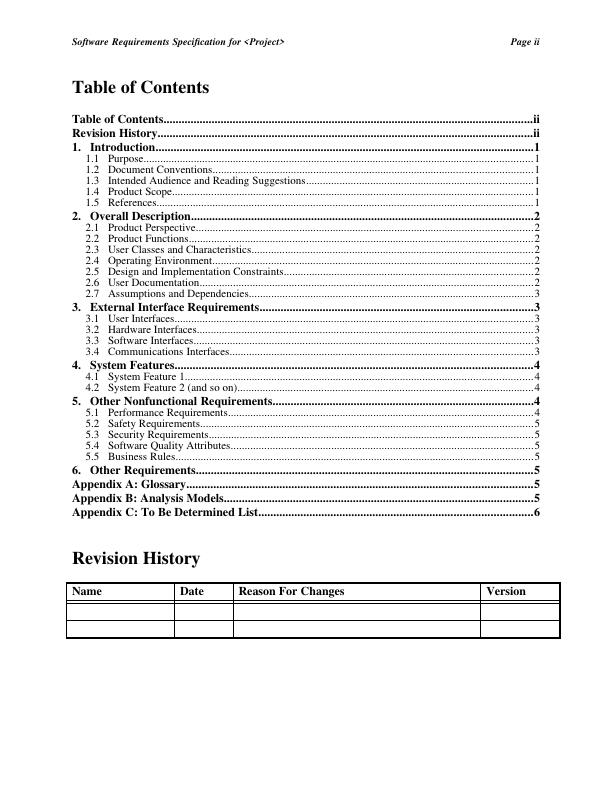Software Requirements Specification for <Project>
Develop a concept for the Kids At Hope organization to implement a Time Traveller program for students in grades 7-10, focusing on four targets: home and family, hobbies and amusement, education and career, and community and service. The concept will involve mental and physical time travel and interactive practices to help students plan their careers from a young age.
Added on 2023-03-20
About This Document
Software Requirements Specification for <Project>
Develop a concept for the Kids At Hope organization to implement a Time Traveller program for students in grades 7-10, focusing on four targets: home and family, hobbies and amusement, education and career, and community and service. The concept will involve mental and physical time travel and interactive practices to help students plan their careers from a young age.
Added on 2023-03-20
End of preview
Want to access all the pages? Upload your documents or become a member.




